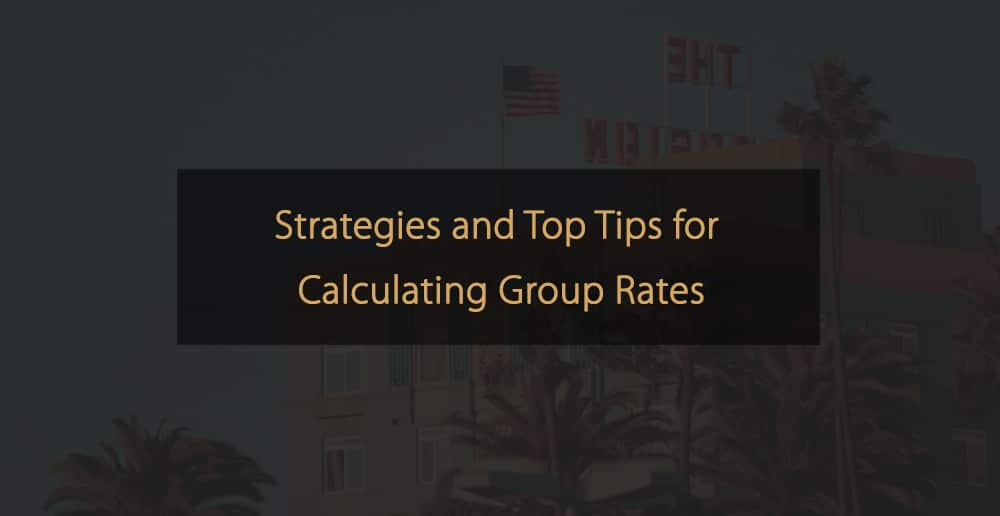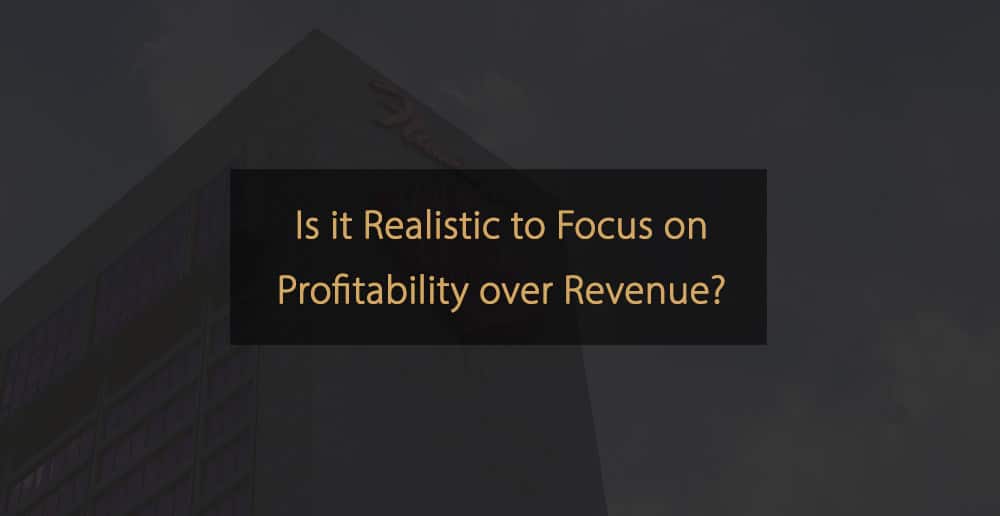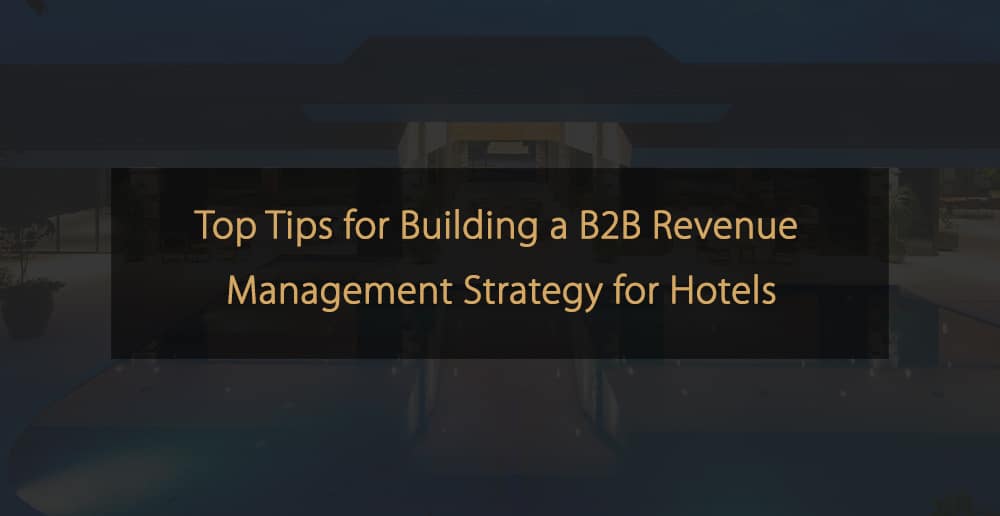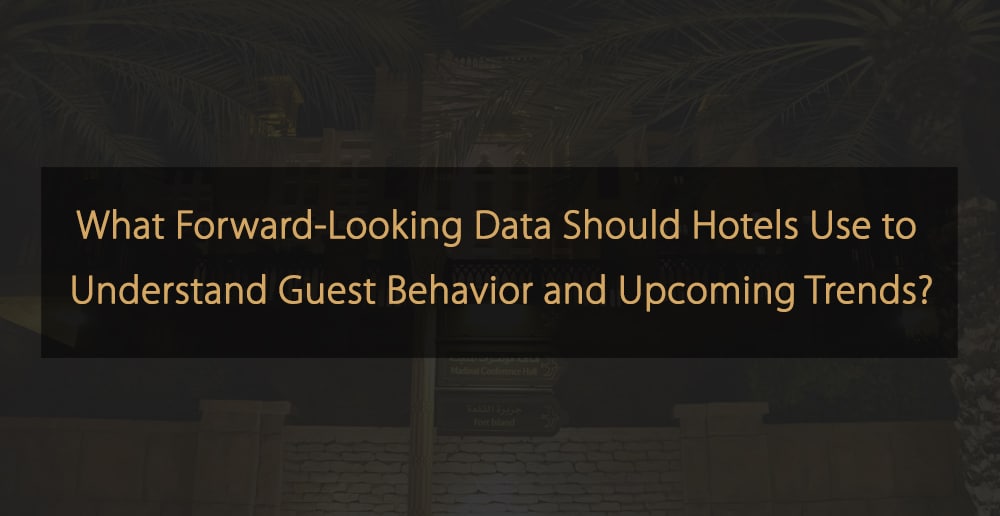Question for Our Revenue Management Expert Panel:
What are the best practices when calculating group rates? Should hotels have a different strategy per group category, e.g., tour operators, weddings, corporate, etc.? (Question by Oleksii Kapichin)
Industry Expert Panel
Our Industry Expert Panel exists out of professionals within the hospitality & travel Industry. They have comprehensive and detailed knowledge, experience in practice or management and are forward-thinking. They are answering questions about the state of the industry. They share their insights on topics like revenue management, marketing, operations, technology and discuss the latest trends.
Our Revenue Management Expert Panel
- Connor Vanderholm – CEO, Topline
- Tanya Hadwick – Group Revenue & Yield Leader, SunSwept Resorts
- Heiko Rieder – Vice President Business Development, Hirmer Hospitality and Travel Charme Hotels
- Diego Fernández Pérez De Ponga – Director of Revenue Management, Palladium Hotel Group
- Massimiliano Terzulli – Revenue Management Consultant, Franco Grasso Revenue Team
- Fabian Bartnick – Founder, Infinito
- Silvia Cantarella – Revenue Management Consultant, Revenue Acrobats
- Ask Our Panel a Question
- Join Our Expert Panel
“Price groups off the transient rate, not the other way around. You’ll paint yourself into a corner if you put the cart before the horse. Your base business will typically be a RevPAR driver and not an ADR driver. With solid base business, you can close the gap on ADR targets with a shrunken house and higher transient rates.”
“This is often a touchy subject, with most people assuming that the more rooms the greater discount… This is not always the situation depending on the hotel or resort’s requirements. In small boutique resorts, a large group can have a negative impact on the other guests.
As such, I typically look at what I have budgeted and desire for the ADR over the dates in question and the displacement value.”
“Overall it is important to understand the nature of the group to be able to make a relevant proposal that is suitable to the guests’ requirements and to utilise up-selling or cross-selling opportunities. Also, in case there is a dealer of some sort involved in the booking, we need to understand what drives the decision of their customer and what is their motivation. Will they need a commission or net rate? The actual price quoted to a group varies on several factors.
A.) Ancillary spend. Consider subsidising ADR for groups with large catering attached but bear in mind the profitability. In most cases, rooms have the highest profit margin.
B.) Seasonal demand and advance booking window. Inquiries placed well in advance for a low season can secure base business and provide yield opportunities for transient segments. Inquiries for high seasons should be quoted at transient rates or higher to avoid displacement from higher-rated market segments. Remember there is always the risk of cancellation and not being able to replace the business.
C.) Volume. Inquiries from tour operators for a series of groups sometimes require an overall assessment as oftentimes the dates of travel fall into low and high seasons. Additionally, tour operators usually require a short release period to sell as long as possible to their clients and often the requests for low seasons don’t materialise. A thorough risk analysis is required. Ideally, the volume of the entire series should be contractually fixed and not each group individually.
D.) Frequency and loyalty. Tour operators or group wholesalers using the hotel frequently should agree to a framework agreement to formalise prices and allocations. Again, ideally, there should be a formal commitment to the agreed volume.
It is also important to bear in mind that agencies organising large corporate events or incentives are likely to book again a hotel they have had good experience with. So, every successfully converted group can also lead to follow-on business. Remember that flexibility is key, and it’s important to treat each group as a unique entity. Be responsive to their needs and expectations to build lasting relationships and secure repeat business.”
“Perhaps, my first piece of advice is to hire an excellent revenue manager. Calculating group pricing is undoubtedly one of the most complex tasks a revenue manager must face, as a poorly quoted group can undermine the results of a particular month. In this process, the revenue manager must perfectly master the calculation of the displacement of that business. I believe this is where one of the major differences between a good revenue manager and an excellent one lies – calculating a correct displacement.
General Best Practices for Calculating Group Rates:
A) Analysing Historical Data and Demand Patterns:
Study historical booking patterns and demand trends for the dates the group wishes to book. Use past data to predict future demand and the likelihood of selling rooms at regular rates if the group is not accepted.
B) Evaluating the Group’s Length of Stay:
Groups with longer stays may be more desirable, as they fill rooms that might be harder to sell. Consider the group’s flexibility in terms of dates, which can help maximise occupancy during low-demand periods.
C) Considering the Group’s Total Revenue:
Beyond room income, assess other potential revenues the group may generate (meeting rooms, catering, additional services). Calculate the total value of the group, including all the services they will use.
D) Using Displacement Analysis Tools:
Use specialised revenue management software that can help perform more accurate displacement analyses. These tools can help calculate the net impact of accepting a group versus the potential income from regular-rate guests.”
“The first question to ask yourself is: how much does the group add to the total revenue? How much does it take away from it or cannibalise?
To do this, it is always necessary to analyse historical data and cross-reference them with forward-looking data to understand the displacement effect, i.e. how much revenue a group booking can take away from bookings of other segments (individuals, online, etc.) at higher contribution.
Historically, is the required date a date where full occupancy is easily achieved with transient guests at very high rates?
If so, you have to be very careful when taking that group and carefully evaluate at which rates you should accept it to avoid a competitive group rate that leads to a dilution of the ADR and therefore to a revenue loss compared to the previous year.
Conversely, if we are talking about low-season dates with very low occupancy percentages, a group is gold and the quotation can be much more competitive and advantageous because the alternative would probably be an empty or almost empty hotel.
So you have to evaluate the historical data very carefully but also interpret them in the light of what the future trend is that does not necessarily reflect the historical data. Just think of the presence of an event that takes place this year but wasn’t there the year before, no longer justifying the need for a group this year to fill the hotel.
There are no particular differences in the approach versus tour operators, weddings, corporates, etc. The factors to be analysed are those mentioned above. The length of stay should also be analysed (a group that requires 3 nights in a destination with an average length of stay of 1 night could certainly be taken at more advantageous rates), the day of the week (a group that requires only one night on a Saturday in a leisure hotel could certainly be less convenient as it takes away potential revenue from customers willing to stay the whole weekend).
It’s also critical to assess the potential extra costs and revenues that each type of group implies (a group for a wedding could involve higher costs, a business group for a congress could bring more extra revenues thanks to the use of the meeting room, bar, restaurant etc.).”
“If there is displacement, go by the displacement outcome irrespective of segment. If there is no displacement, then you can even sell at breakeven. Yes, break even if needed so that you can get extra on-sell. Those who deny groups when there is no displacement are generally the ones where ego made the decision.”
“The calculation of group rates is truly subjective based on the situation of the hotel at the specific moment, the objectives, the market, the competition, the occupancy, the day of the week, the length of stay and much more.
In the general evaluation of the business, the total revenue generated (therefore if the group requires extra services in addition to the rooms), the displacement (potential loss of demand from other segments with higher profitability) and the costs must always be considered. Simply put, an evaluation of the total profitability of the group that must fit into the overall strategy.”
Ask a Question & Join Our Expert Panel
Would you like a question to be answered by our Industry Expert Panel? Or would you like to join our community of experts and share your experience, insights, and knowledge with fellow industry professionals? Via the buttons below you can submit a question or submit a request to become part of our expert panel.














Leave A Comment